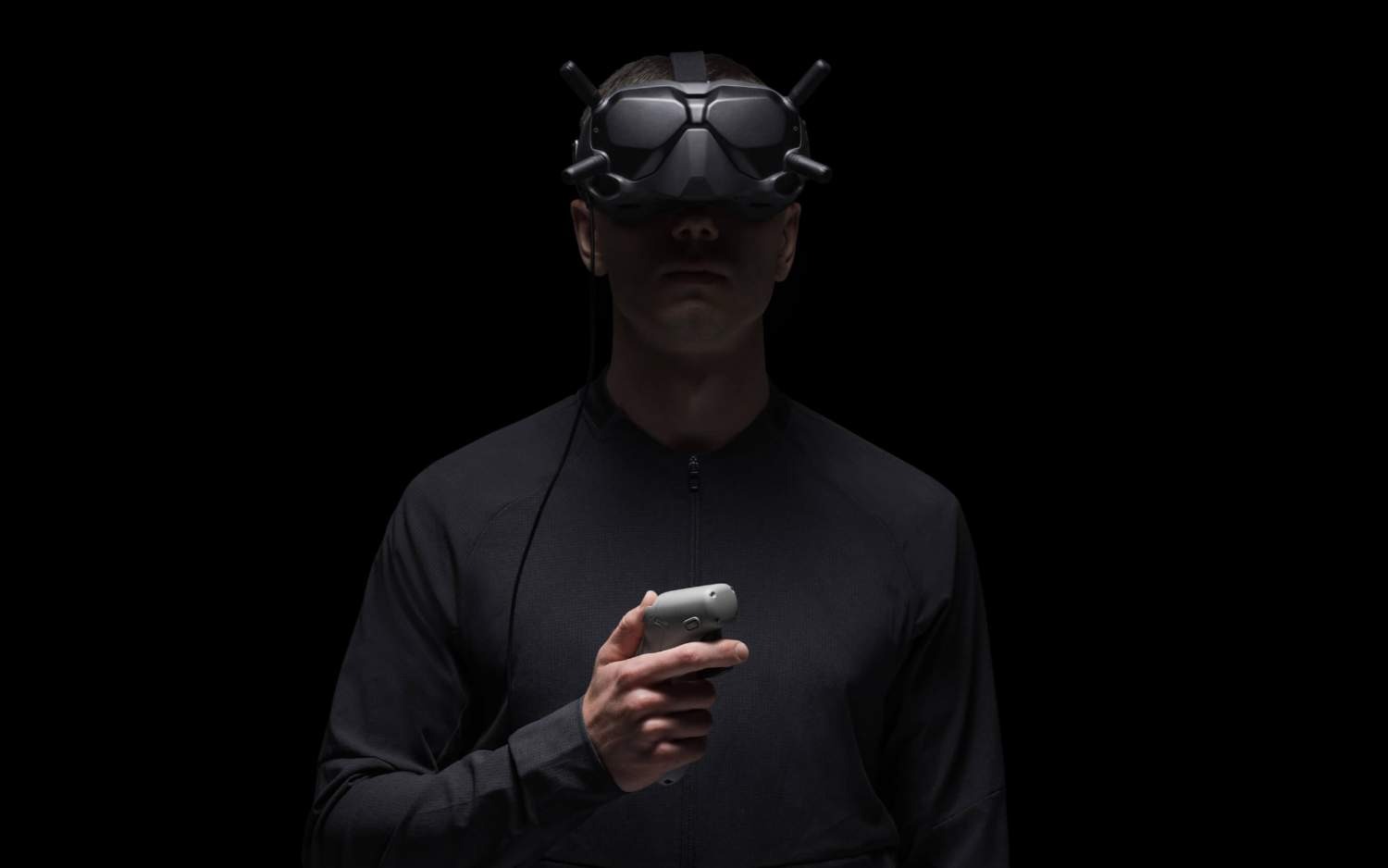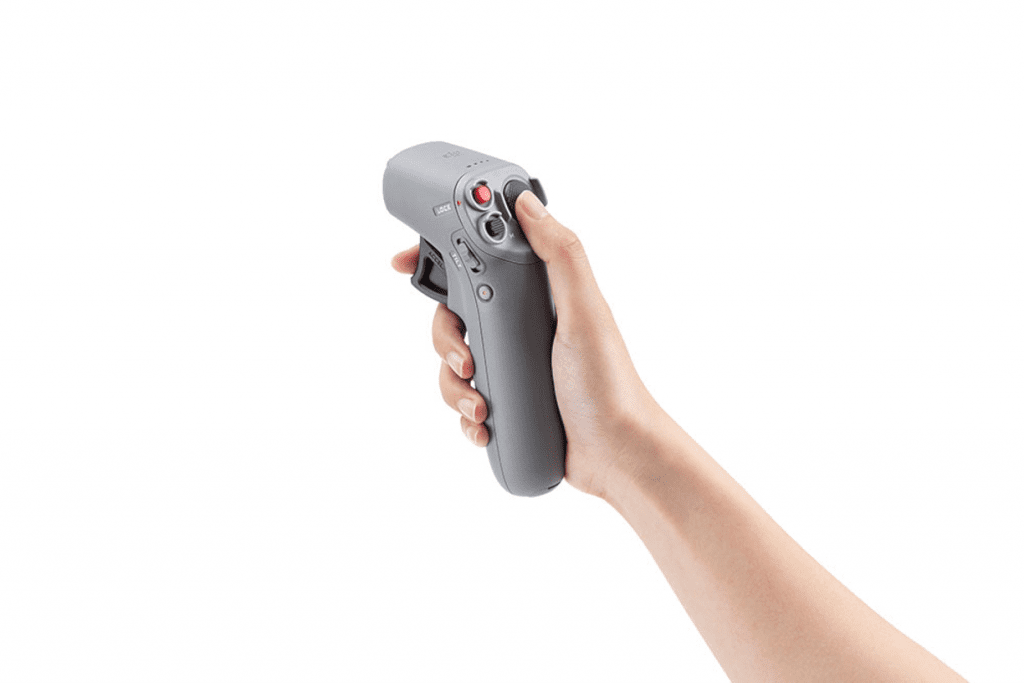

The main body sports a typical quadcopter design which, excluding the motor arms, is comparable in size to the DJI Mavic Air 2. The DJI FPV is different – while it's a small drone, the motor arms are fixed and the upright body makes it appear much larger than it is. In recent years, DJI’s focus has been on its Mavic line of drones, which all feature a similar folding design. Goggles V2 provide reliable, low-latency transmission.
Dji fpv v2 pro#
Dji fpv v2 series#

Optional Motion controller also available separately.Fly More kit costs an extra $299 / £259 / AU$429.DJI FPV drone laws: where and how can you actually fly DJI's new drone?.And that's symbolic of what is a fun, but ultimately niche, flying experience.

It’s not the end of the world, but it does mean that when flying outdoors you can never do it alone – you’ll always need to have someone with you acting as an observer. This means that as well as following all the relevant drone laws in your country (see the link below for more on that), you’ll also need to have an observer standing next to you who can maintain visual line of sight of the drone while it’s in the air. One of the problems with flying the DJI FPV is that you’ll be wearing FPV goggles. Not only does the drone come in at a high cost once you factor in all the additional accessories you’ll need to get the best from the drone (more on that later), it's also much more limited compared to a standard drone in terms of both features and basic flying.


 0 kommentar(er)
0 kommentar(er)
